Carbon: crucial to growth, but under-managed
Carbon is one of the most abundant elements in plants and is extremely important to plant structure and growth. Many farmers take carbon for granted, but indoor farmers can increase yield by taking an intentional approach with carbon. Since carbon leaves the farm when you harvest (removing plant matter), farmers need to get carbon back into the farm. Farmers do this when they supplement CO2 in indoor farms.
In this post, we’ll discuss how CO2 supplementation can increase yields (important especially indoors) and the three main ways that farmers supplement CO2.
Why should growers supplement CO2 in indoor farms?
CO2 uptake allows for plant growth
When it comes to the relationship between plants and CO2/carbon, several things take place:
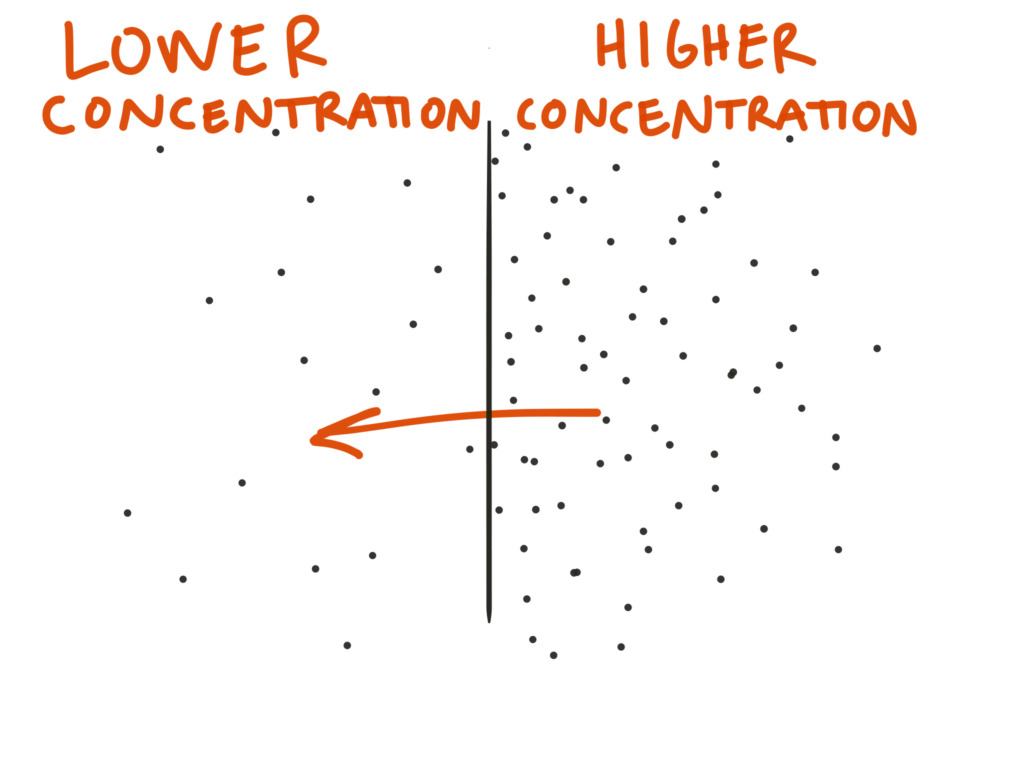
Plants fix carbon from CO2 in the air by passive diffusion. In other words, the CO2 passes from an area of higher concentration—the air—to an area of lower concentration, the plant tissues. Because the plant uses the difference in concentrations to take up CO2, the concentration of CO2 in the air is very important.
After being taken up by the plant, the CO2 is transformed into sugars used for plant growth. Ultimately, that carbon makes it possible for plants to grow new tissues and stay strong.
If the CO2 levels in a growing environment drop below about 250 ppm, the plants stop growing.
Growers need to replace the carbon that they remove from the farm during harvest
After the plant uses the carbon from CO2 to build plant tissues, the next step is harvesting. Every time you harvest, you’re taking carbon out of the farm, because you’re removing [carbon-rich] plant tissues. To maintain a high level of carbon in your farm, growers must replenish it through CO2.
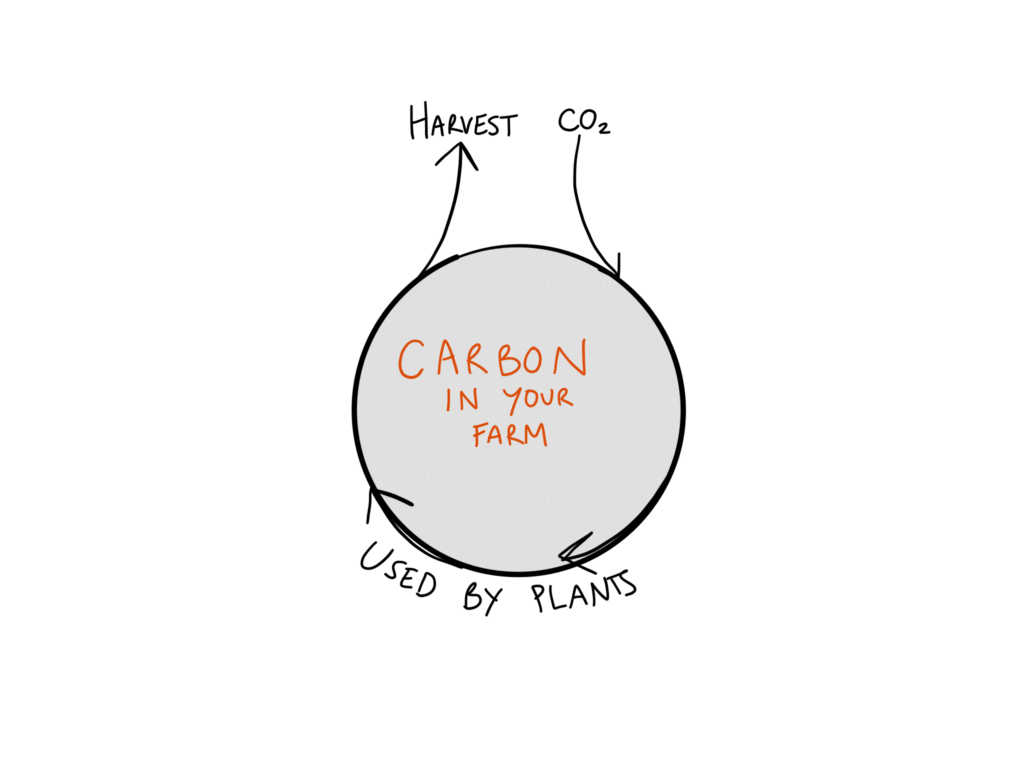
If CO2 levels are too low, carbon becomes the limiting variable; it won’t matter how much light and nutrition you have. Your yield will bottleneck. In this case, you’re essentially wasting the other inputs that you’re paying for in your system.
For indoor operations, replenishing CO2 usually requires that the grower actively put CO2 back into the farm atmosphere. For most growers, just a few dollars a day in CO2 can boost plant yield by about 30%.
Measure CO2 with handheld sensors or a climate control system
The first step in the CO2 supplementation process is deciding whether or not your levels are too low. Most environment control systems (like the IntelliClimate) have built-in sensors for CO2. There are also several handheld or wall-mount sensors that will tell you what the CO2 is for your facility.
Most indoor growers should have CO2 levels between 800 and 1200 ppm. Some growers have used closer to 1500, but there is a law of diminishing returns at that point; for most people, 1200 is the highest they should go.
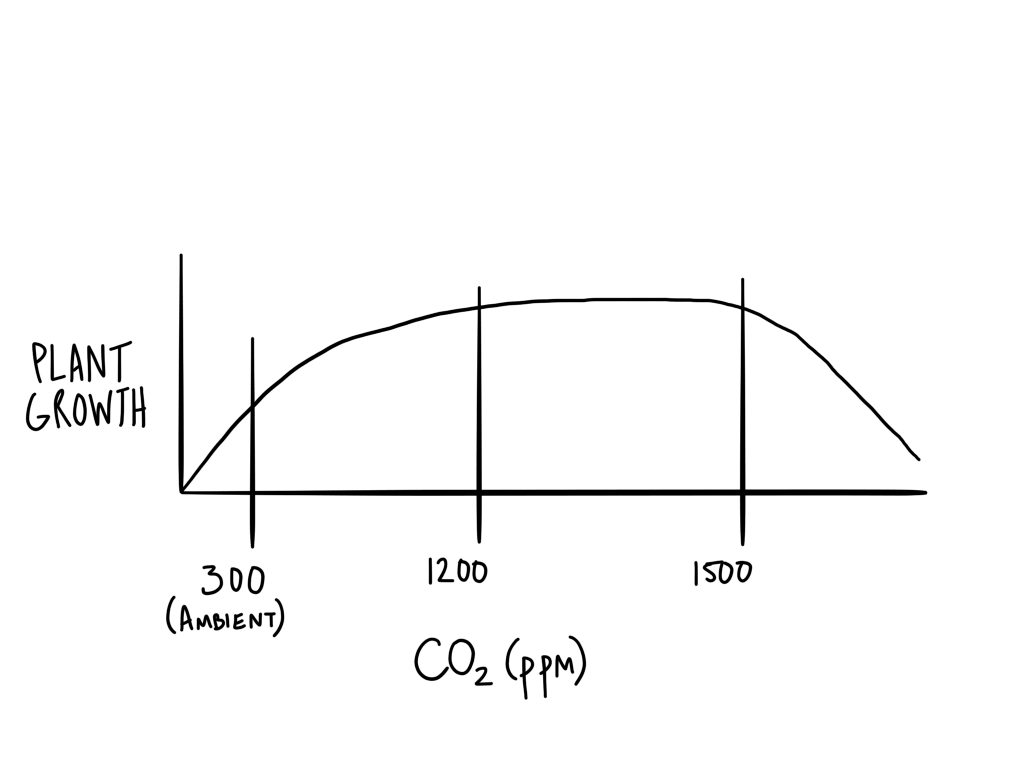
At this range, the exchange process is very quick and easier on the plant. The plant also becomes more water efficient; higher CO2 can reduce the need for transpiration and water use in your system.
3 main ways to supplement CO2 in indoor farms:
1) Burn a fuel like natural gas or propane.
As you’ll see in our calculations, these fuels release a lot of carbon when burned. The downside of burning a fuel for CO2 is that they produce not only CO2 but water vapor and heat that the grower has to deal with.
2) Release CO2 from a tank at a given rate using a regulator.
Releasing pure bottled CO2 is a simple method. Surprisingly, pure CO2 contains less carbon than either of the fuels (propane and natural gas) does, so this can be less cost-effective. An advantage of using pure CO2 is that it doesn’t produce water vapor and heat like fuels.
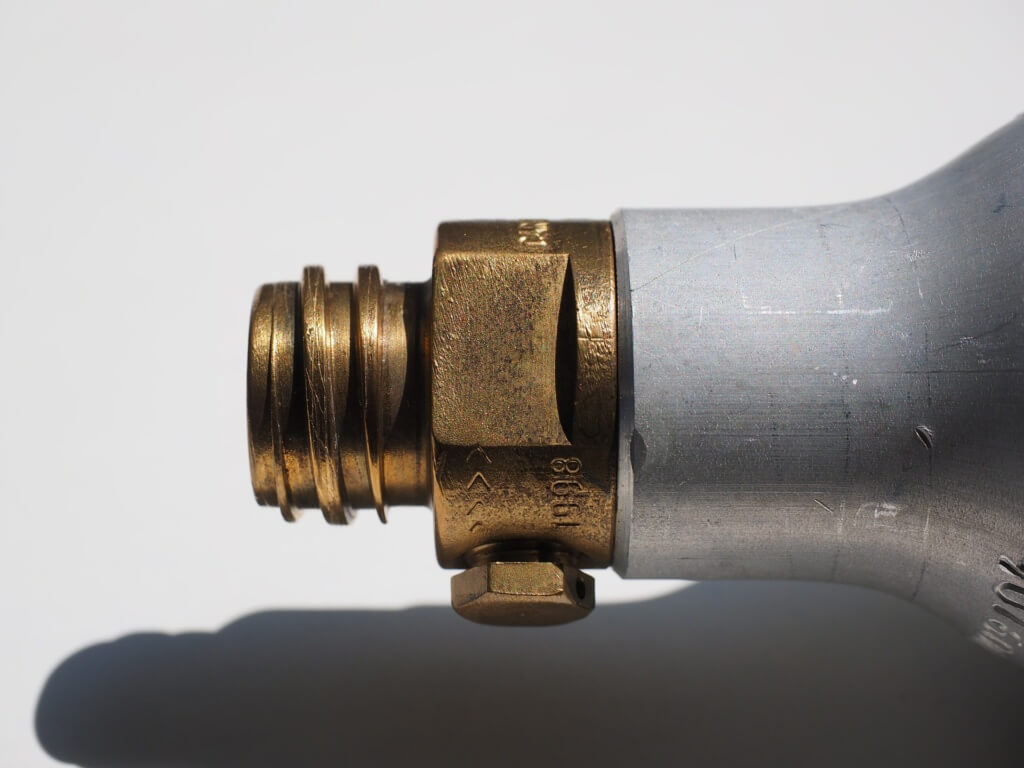
3) Use a decomposition process.
This is often done with fungi and detritus bags. This method tends to be more costly due to shipping and could possibly raise issues with compliance. However, it can produce a good deal of CO2 depending on the product being used. Growers interested in this technique should look at product specs and pricing to determine if it’s cost-effective.
Growers have experimented with other CO2 supplementation methods like using dry ice or fermentation, but these three methods have been found to be the most cost effective and are the most popular methods today.
Looking for more?
Sign up for an Upstart University membership, and get access to 30+ online courses that cover all of the aspects of hydroponic and aquaponic farming!

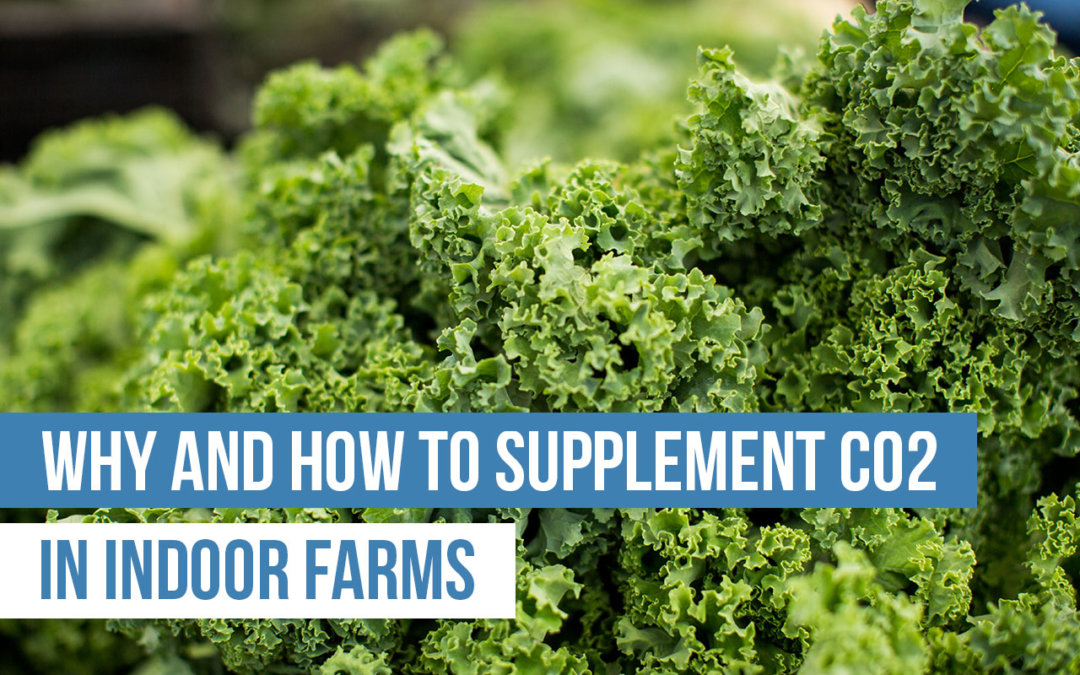

I wonder how to keep the CO2 in a greenhouse that is cooled by a fan and pad system (suction fans working will suck all the CO2 injected away from the greenhouse.
Will very much appreciate your advise on this
Hi Hesham – It’s tough if you end up ventilating a lot. If you are in the non-summer seasons when you need less ventilation, then CO2 enrichment is easier, and has the biggest effect.
Hi Chris
I use wood vinegar Pyroligneous acid to supplement carbon. I have used this in my Aquaponic farm 12 months with great results. I am in Queensland Australia.
Regina, interesting. How do you use it?
Hi Amy would it be possible to add enough carbon to my greenhouse by introducing some form of live stock, maybe pet rabbits or bearded dragons ?
Hi Chris, they would add CO2, but you would have to deal with some resulting compliance issues.
cartierbraceletlove We are living in a ‘startup’ mode. Big corporations have lost their appeal to a younger generation that is bright, creative, and likes to see some serious change happen.
cartier calibre diver replique [url=http://www.orologipopolari.net/fr/cartier-calibre-de-diver-c89_107/]cartier calibre diver replique[/url]
Hi Amy, I am setting up a sealed grow room and I will be supplementing CO2 with a propane generator. I wonder is it beneficial or necessary to have air exchanges during the night cycle?
Hi Jesus – not really, unless you’re doing it to deal with humidity.
hi Amy, indoor farming using LED grow light, the light will produce CO2?
Hey Sean, nope. The output from your lights that you need to be thinking about is heat. Check out some of our posts on lights for more info.
Hi, I have an egg layer battery farm. Approx. 1500 chickens. Will it the CO2 generated suffice for half an acre vegetation? Granted that everything is enclosed and controlled. Im trying to go self sufficent here.
Hi Amy & Nate,
I have found a lot of Co2 generators but unfortunately they’re always meant for very small rooms.
How do larger vertical farms deal with this problem? Or in fact, how do large traditional greenhouses carbon enrich their air? The cost of adding 30 or 40 small generators would surely be too high, so I guess there could be some manufacturer making greenhouse-size Co2 generator.
Thanks!
Hey Luis,
Johnson Gas CO2 generator is a good mid-sized burner.
Thanks! And what are some brands of large-sized burners?
Hi evryone. Wats you think about the Lithovit (German CO2 generator) form indoor and outdoor plants. Thnks
Wood burn smoke may cause any harm to the plants? Is there any chemicals that is released that is harmful to them?
Hi Leoni,
Yes, smoke is harmful. It causes particulate pollution both in the air and on the leaf surface that can significantly reduce the rate of photosynthesis by blocking light. Smoke also affects photosynthesis by reducing stomatal conductance, CO2 assimilation rate, and impairing biochemical processes within the plant. Chemicals in smoke that are detrimental to plant growth include (but is not limited to) NO, NO2, SO2, and O3.
When we have a system that requires CO2 enrichment, what regulations or certifications are applicable regarding the quality of the CO2 itself (food-grade, FDA certified…)?
Most common CO2 regulators on the grow market allow for a flow rate of 0.5-15 SCM. What regulators can you recommend for bottled gas when you have a large sealed indoor grow (43x35x10)? The common CO2 regulators I mentioned above can’t keep up with and/or freeze up because they run for extended amounts of time (70 min + at 15 SCM) trying to get the room up to and maintain 1200 ppm?
Hi, I have an egg layer battery farm. Approx. 1500 chickens. Will it the CO2 generated suffice for half an acre vegetation? Granted that everything is enclosed and controlled. Im trying to go self sufficent here.